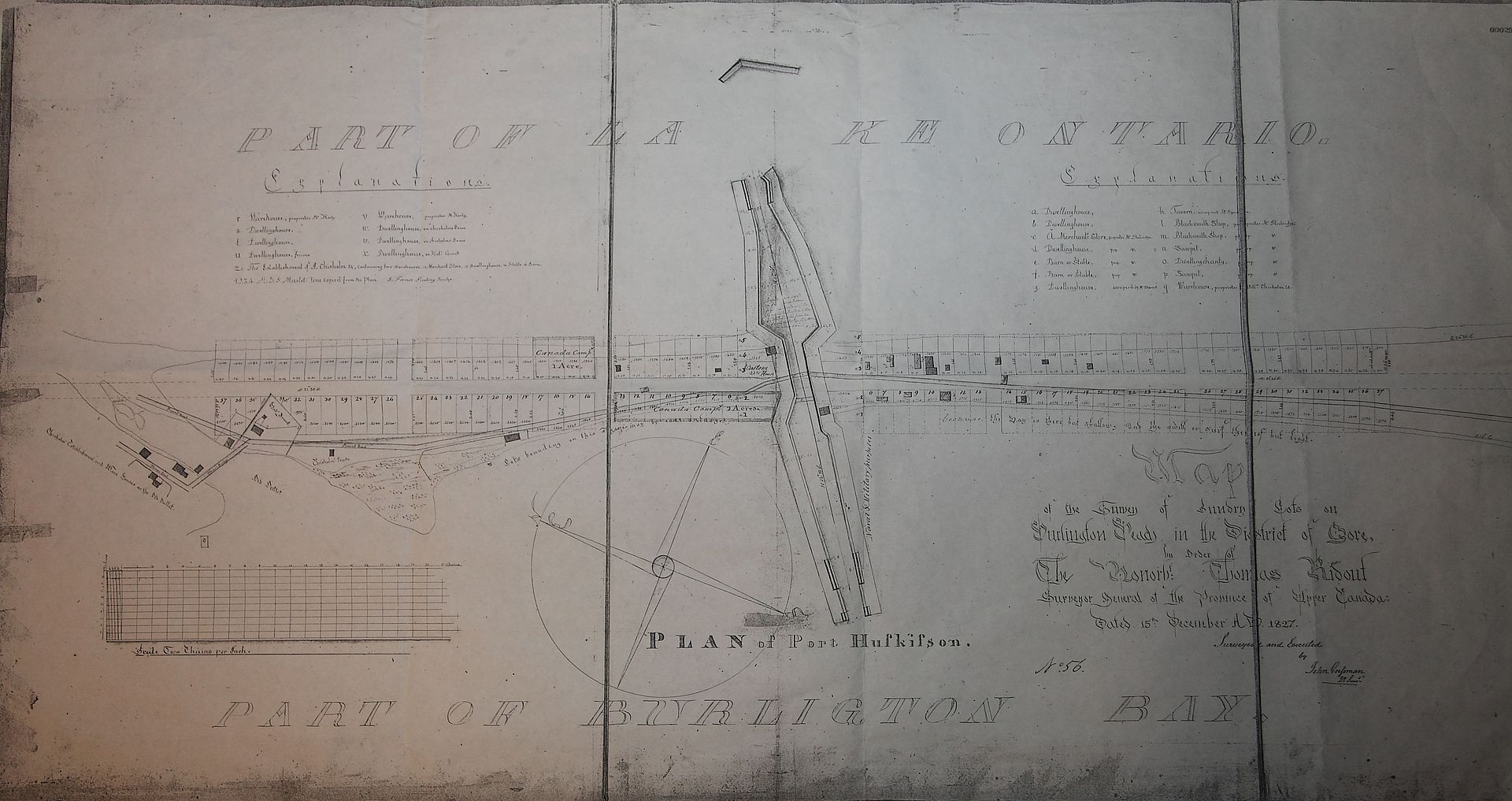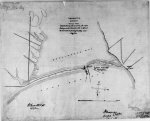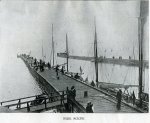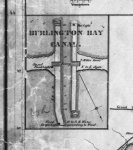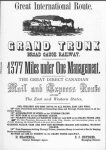Drogo
11-09-2013, 03:02 PM
I'm posting this in a few messages as it is a transcript of a Spectator article from 1881, too long for one post. It isn't about Canal Bridges or the Outlet itself but supplies answers to some questions on both.
http://i833.photobucket.com/albums/zz256/scotto2010/Misc/Outlet_zpsok4yk344.jpg (
http://s833.photobucket.com/user/scotto2010/media/Misc/Outlet_zpsok4yk344.jpg.html)
________________________________________
Drogo
11-09-2013, 03:03 PM
Appeared in the Spectator Jan. 28, 1881
THE BURLINGTON CANAL
Incidents Attending Its Construction
(Written for the Spectator)
The building of the Burlington Canal was a big event, and the inquisitive inhabitants for many miles round about, as curiosity or Business called them, did not lose an opportunity of watching the progress of the work. Small spritsail boats and bateaux had passed occasionally through the natural outlet from the bay, when the mouth was not closed up with sand by easterly storms: but when an artificial passage through the beach was contemplated it was considered the eighth wonder of the world. How was it possible for so great a work to be accomplished? How was the drifting sand to be kept in check, or how could it be dug out? At all small gatherings of the people-at bees and visiting parties the subject was discussed; neighbourhood dispute and gossip were forgotten in the presence of this great enterprise; the general opinion being that it must end in disappointment. Why, the beach was all sand, the accumulation of the and blown material brought thither by easterly storms during centuries past, which, being deposited at first as a bar, had in the end risen above the surface; and as no westerly blows could disturb it, or carry it away, the result was the present ever widening beach.
The simple inhabitants were greatly exercised over the magnitude of this wild project; they had seen again and again the pent-up waters of the bay rise above the level of the lake, and sweep away the great sandbars at the outlet; and again they had seen the bellowing, raging, east storms heap immense banks of sand across its mouth, and stop the flow of what, only a few days before, was a great river; therefore, how was it possible to construct a work capable of resisting these mighty forces and secure a channel always open to admit the passage of vessels? To attempt such a thing seemed as chimevical (unreadable ?) as King Canute’s attempt to check the flow of the tide. Notwithstanding, there were a few great men scattered about, among the people in those days, who appeared to think otherwise- men who had seen Montreal, once at least, and York (Toronto) many times. They were not like the modest, vote-seeking great men of today-but bold, outspoken men, confident; men who swelled out their bosoms like poater (?) pigeons, and hoarsely cleaned out their throats before speaking, and deposited the contents in their pocket kerchiefs, and spreading wide their feet, delivered their borrowed opinions to the gaping listeners-stopping occasionally to snort loudly through their noses, by way of confirming the importance, and the undying correctness of their opinions. They, with heads as empty as bellows, had the honor of an introduction to certain great engineers in Montreal, and they had said, “The projected plan for cutting through the Beach and securing an uninterrupted passage for vessels was practical.” This was final, no further information was necessary. Happy day when the masses pinned their faith in all things to the sleeves of those above them.”
I’ve found a page that gives just a snippitt of information , on how priore to the construction of the Burlington Canal, freight that was destened for Hamilton had to be unloaded from ships and transferred across the beach, and then reloaded in to smaller boats to be taken across the bay. It isn’t much, but hopefully it will encourage others to add more on this topic.
“George Hamilton sub-divided part of his farm into village lots, which, as a result of his masterful salesmanship, were soon taken up. This was a singularly unattractive place for a village. It was separated from the Bay by dense swampy forest and, it lacked the other great advantage enjoyed by many pioneer settlements - a good stream to turn the wheels of industry. It was situated on an existing trail through the bush. With this meagre item on the credit side of the ledger, its growth must be slow indeed. It would be a place where the weary traveller might find a tavern where he could rest himself and his horse; where nearby farmers could barter their garden produce for some of the imported necessities on the shelves of the general store, and where any industry would be "cottage industry", to the accompaniment of the clicking of the spinning wheel and the thump of the loom.
The first merchant to locate in the village of Hamilton, as it was so designated in 1813, was William B. Sheldon, who had a store in the vicinity of King and John Streets. Since there was no road between the village and the Bay, and since shipmasters were not likely to use the natural outlet, which could be blocked by gravel during Easterly gales, it was necessary for cargo and passengers to be landed on Burlington Beach. Therefore, Sheldon had to build a storehouse on the Beach, where he could receive his imported goods, which came from Oswego and Montreal. At this point, every item, whether it be a box of tea, a hogshead of sugar, a bale of cloth, a cask of wine or a keg of nails, had to be brought ashore in a small boat and stored, prior to being hauled by horse over the primitive road to the village, a distance of about 10 miles. This may sound pretty crude in this age of sophisticated communication and transport, but let us look to the East and see what took place before the cargo reached the Beach.”
http://www.maritimehistoryofthegreatlakes.ca/documents/Brookes/default.asp?ID=S1